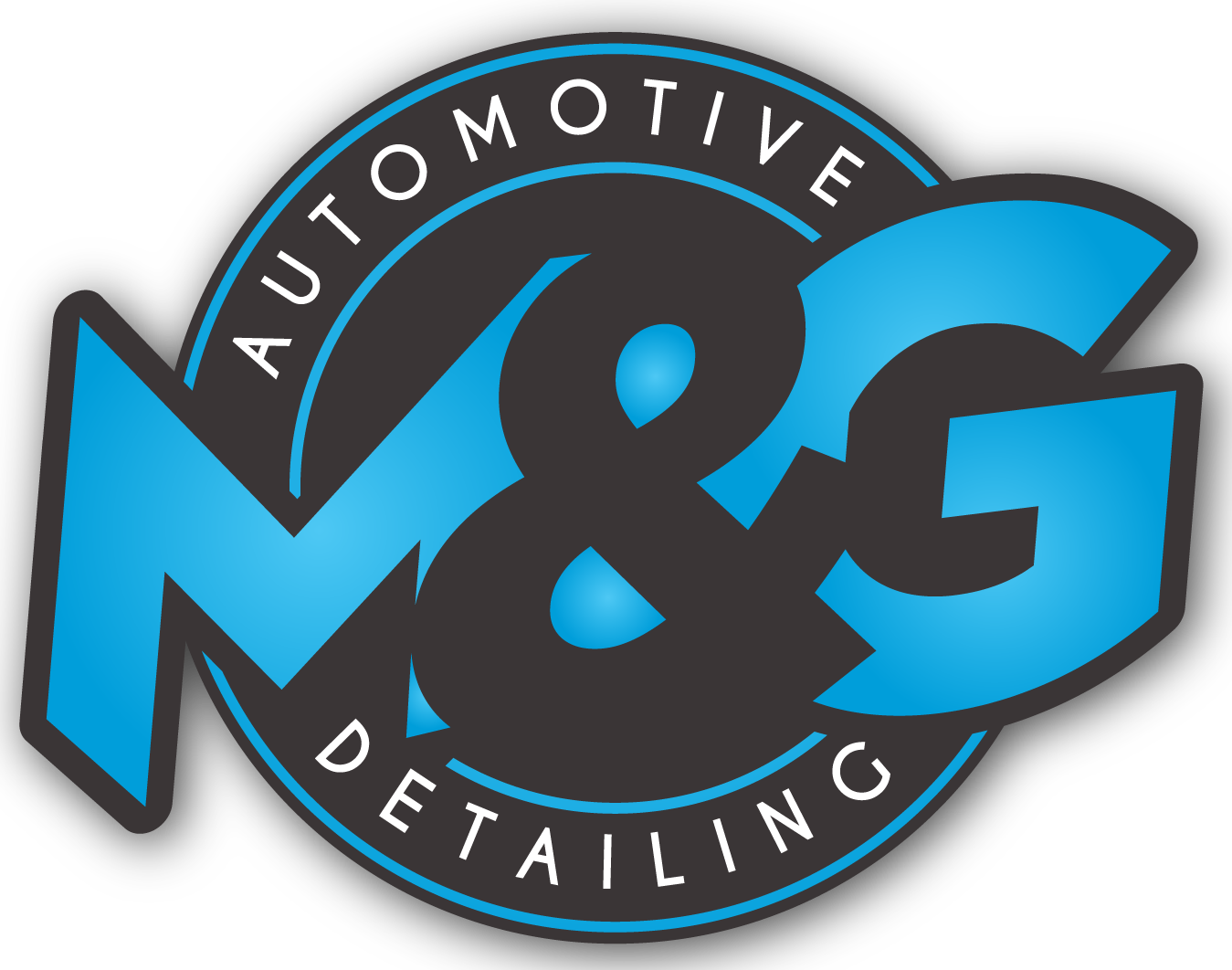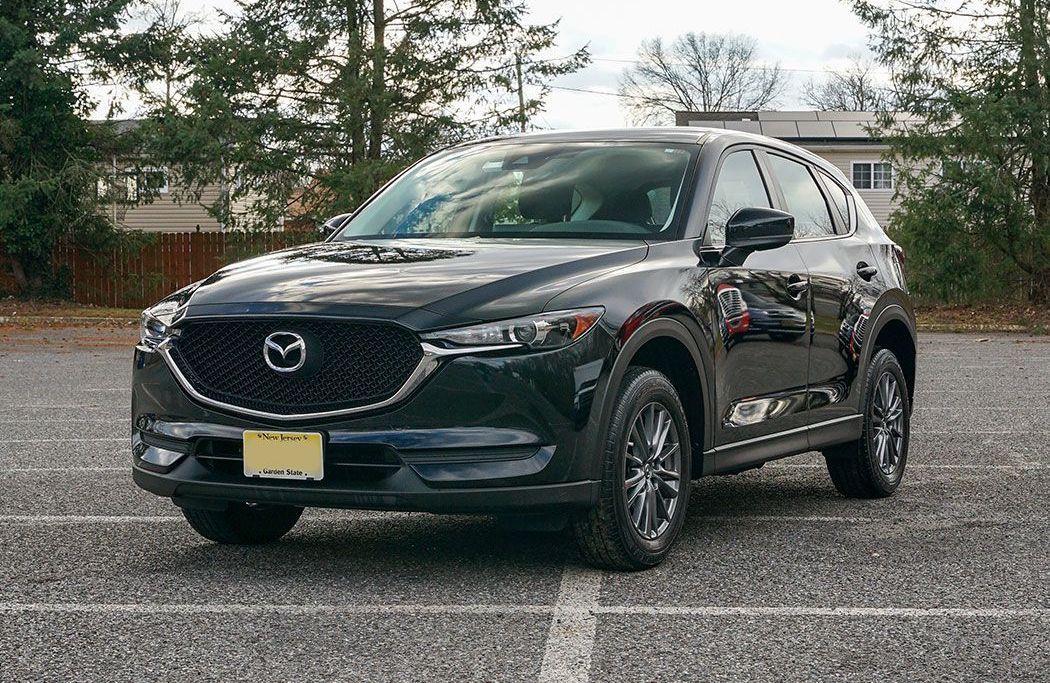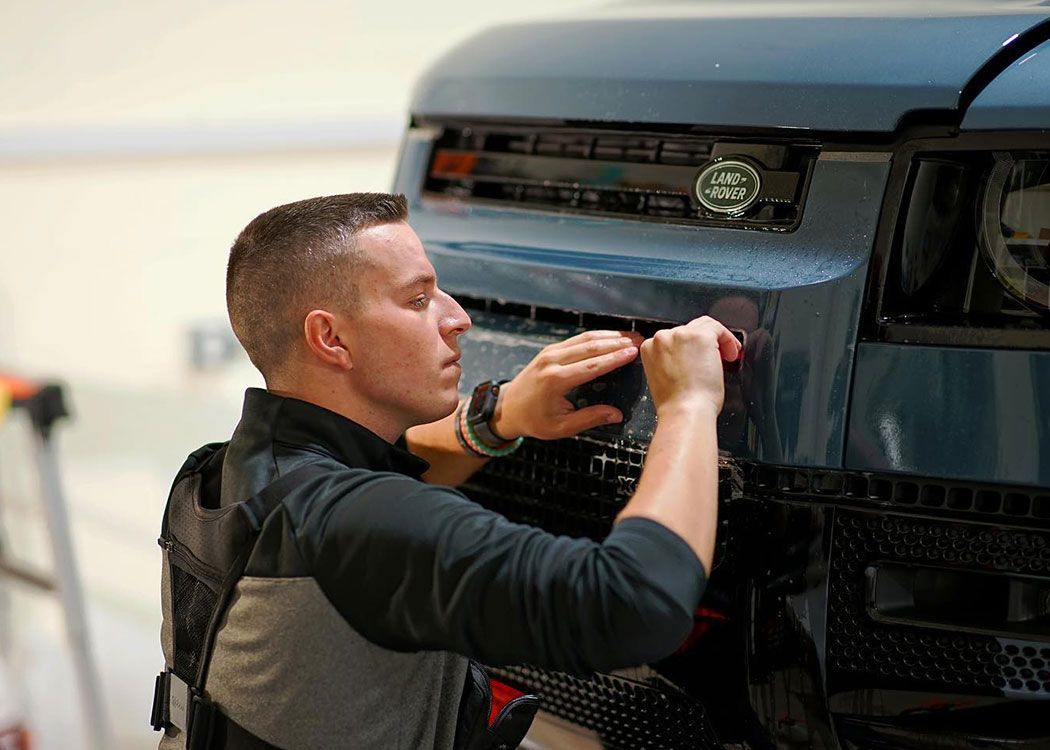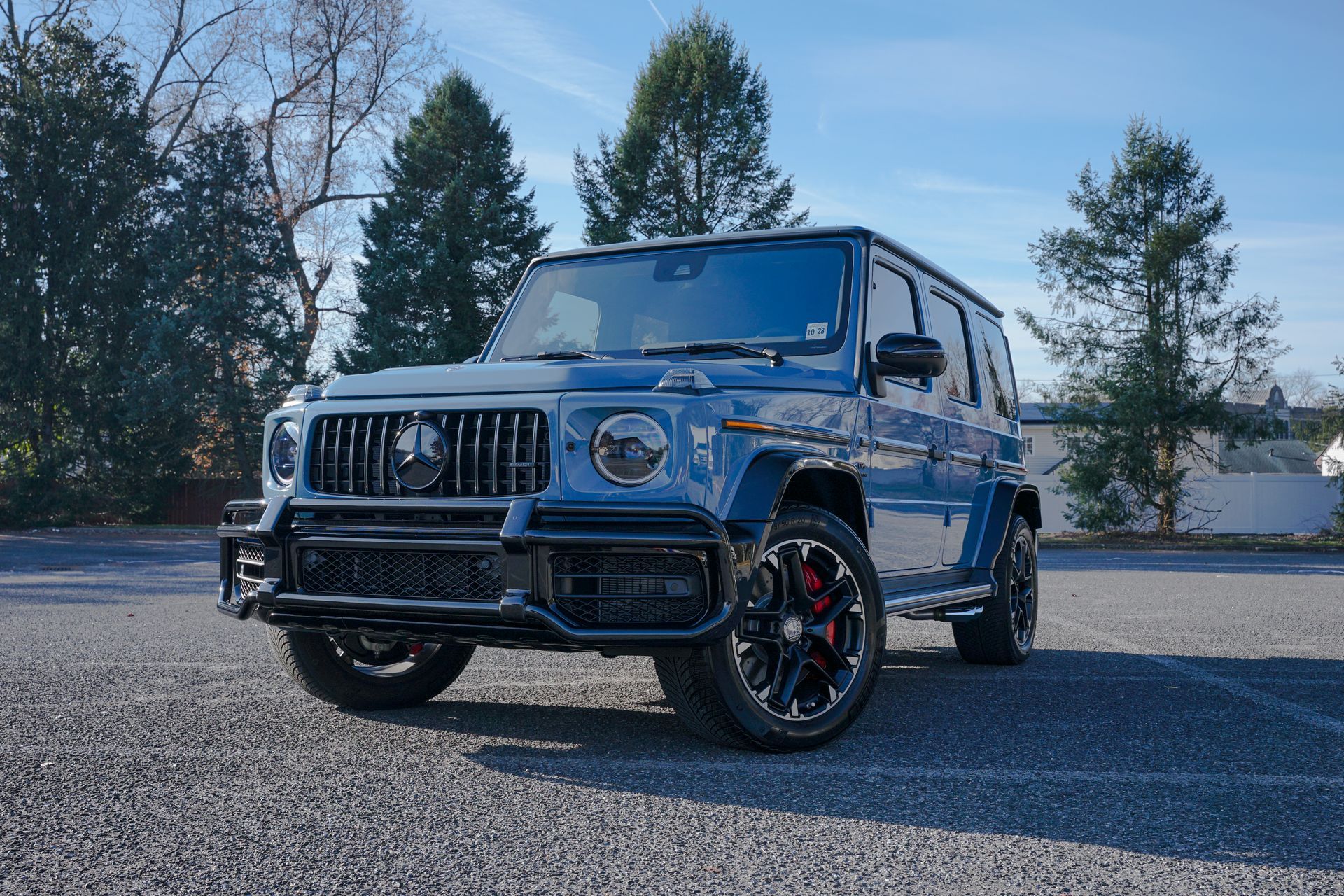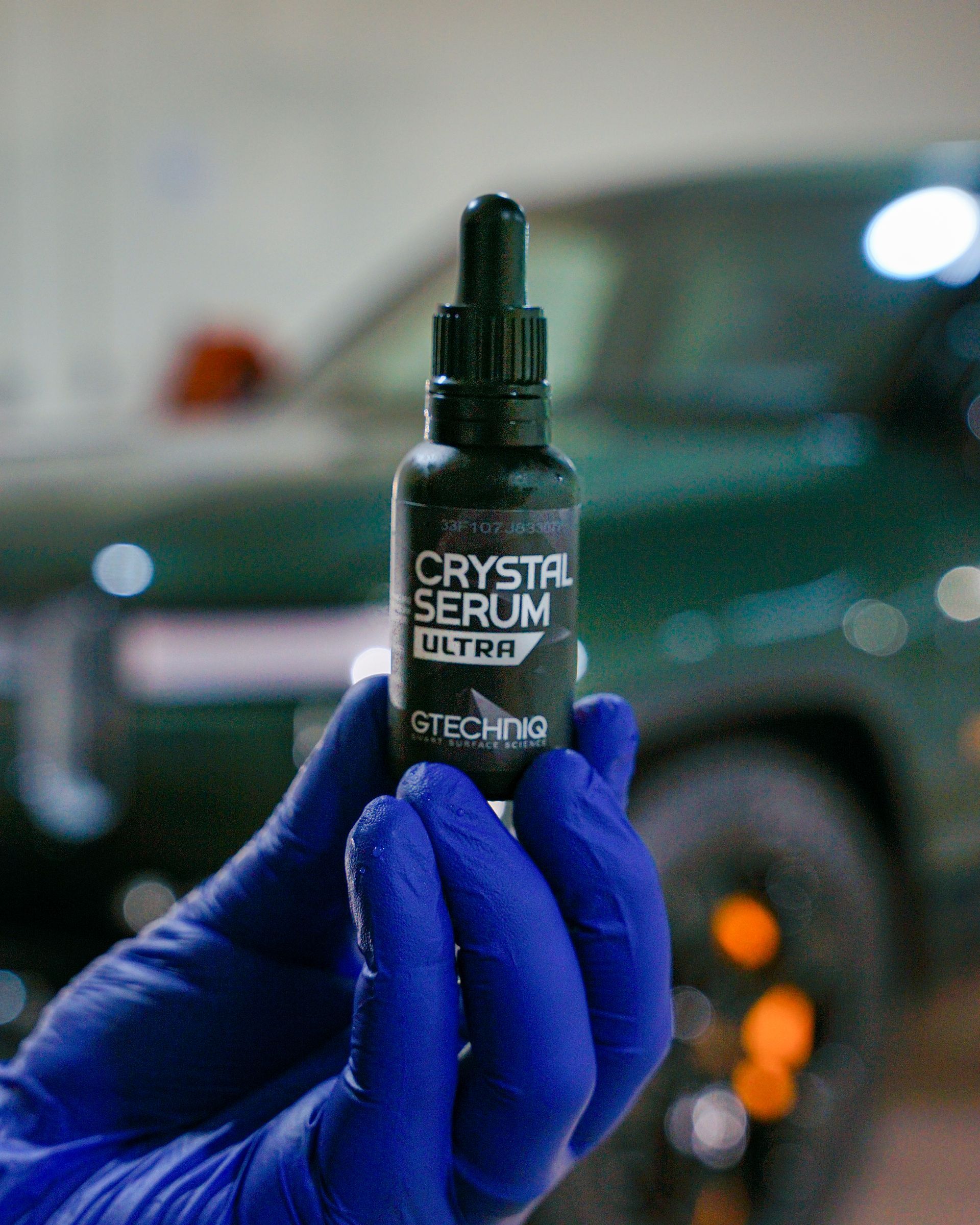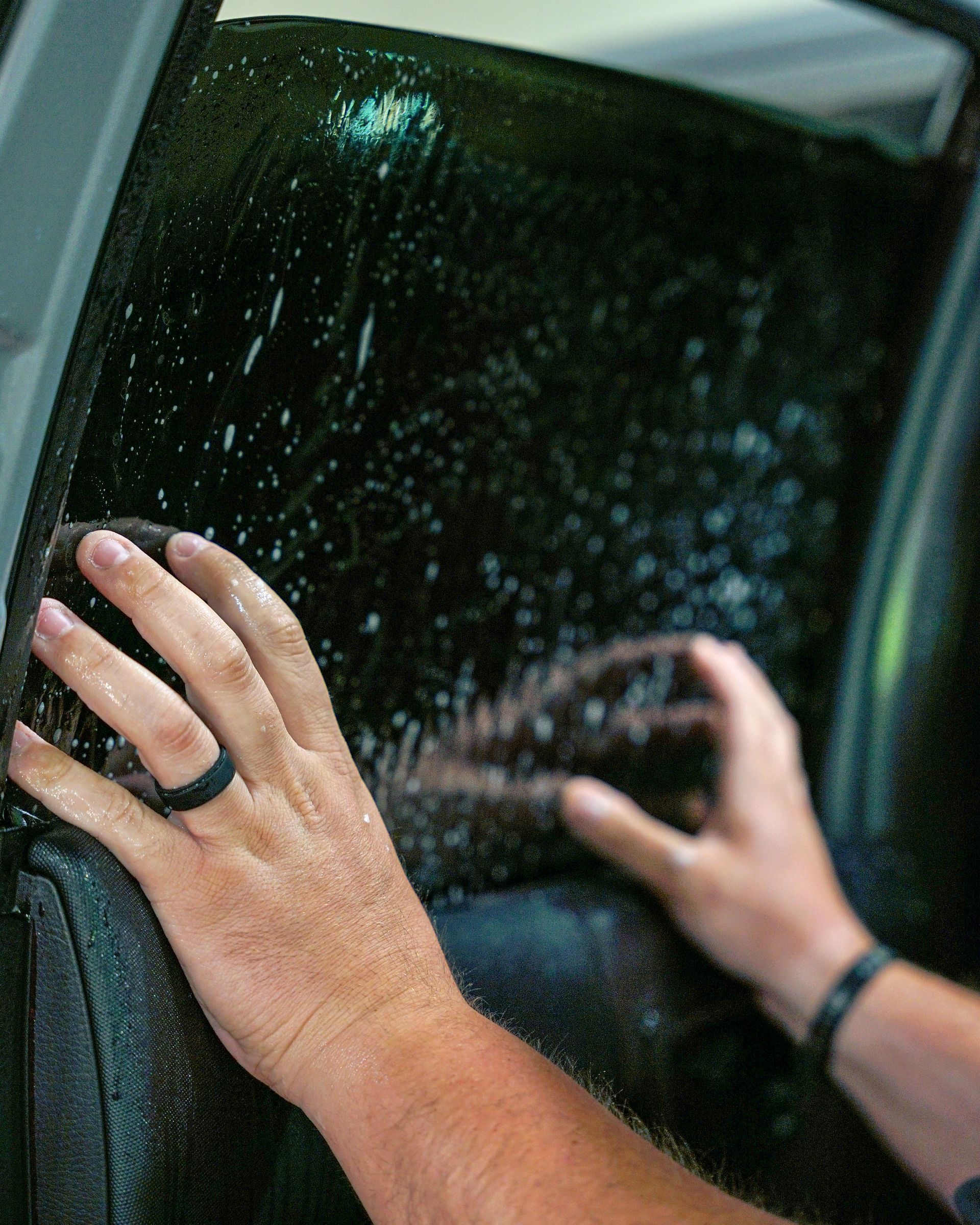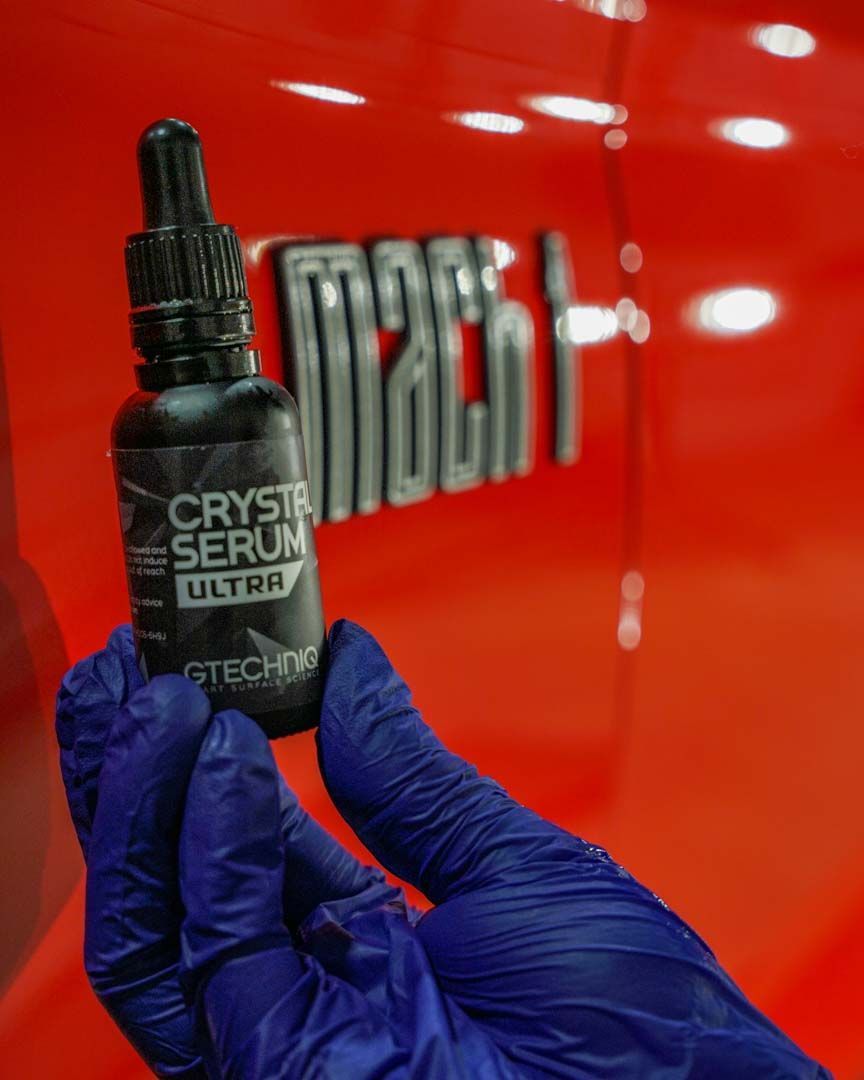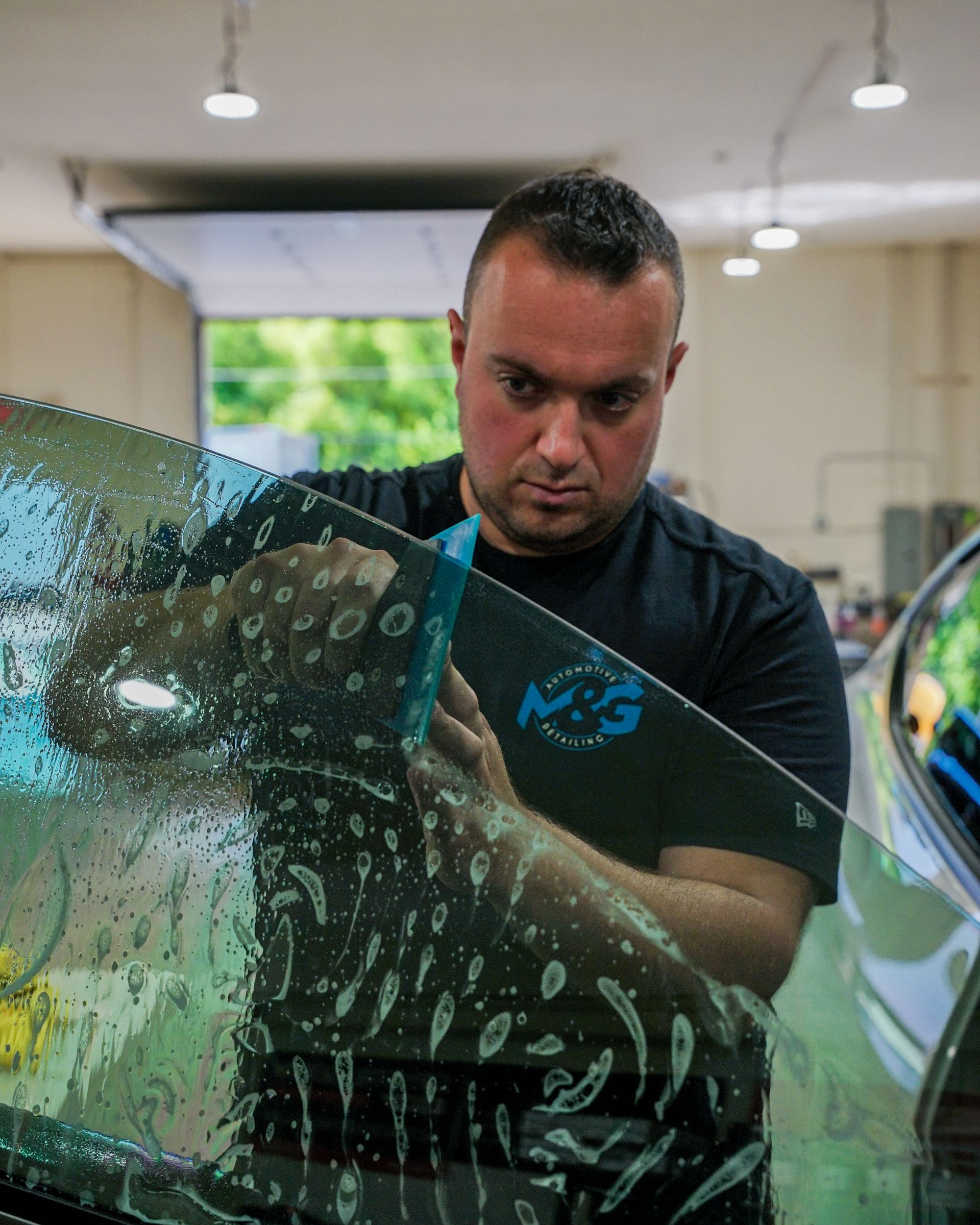Ceramic Coated Vehicle Maintenance: Tips for Longevity and Durability
As we accelerate towards 2023, it's high time we polished our understanding of vehicle maintenance, notably for those putting the pedal to the metal with ceramic-coated finishes. Whether you're a new owner fascinated by the mirror-like gleam of your automobile or a seasoned driver looking to sustain that irresistible showroom shine, this blog post is your roadmap to mastering ceramic-coated vehicle maintenance. Navigate through a selection of expert-approved tips designed to boost longevity and enhance durability; securing your spot in the fast lane has never been straightforward!
Proper maintenance is essential for the longevity of a ceramic-coated vehicle. Some tips include washing your car every two weeks with a ceramic coating-specific car shampoo, using the two-bucket car wash method to reduce swirl marks and contaminants, avoiding washing the vehicle in direct sunlight to prevent water spots, and using separate car wash supplies for wheels and tires to minimize cross-contamination. It is also recommended to use recommended products for washing coated vehicles and to consult with the person who installed your coating for specific recommendations.

The Life Cycle of Your Ceramic-Coated Vehicle
Once you have invested in a ceramic coating for your vehicle, it's important to understand its life cycle to ensure its longevity and durability. A ceramic coating acts as a protective layer on the surface of your car, shielding it from environmental factors and preserving its appearance. In the initial stages, after application, you will notice an immediate transformation in the gloss and smoothness of your vehicle's paintwork. The ceramic coating creates a high level of hydrophobicity, meaning water will bead up and roll off effortlessly, reducing the chance of water spots and making cleaning easier.
As time goes on, the coating continues to protect your vehicle from UV rays, oxidation, and harsh chemicals that can cause damage to the paintwork. However, wear and tear is inevitable over time due to exposure to the elements and regular usage. To maintain the longevity of your ceramic coating, regular maintenance is necessary. Regularly washing your car with pH-neutral shampoo using proper washing techniques will help remove dirt, dust, and contaminants that can degrade the coating over time. It's important to note that improper care or using harsh chemicals during cleaning can accelerate wear on your ceramic coating. Therefore, always follow the manufacturer's instructions for maintenance and avoid abrasive materials or products that could scratch or damage the coating.
Tips for Long-Lasting Ceramic Coating
When you invest in a ceramic coating for your vehicle, you want it to last and provide long-lasting protection. To ensure the longevity and durability of your ceramic coating, here are some essential tips to keep in mind:
- Regular washing: Regular washing is crucial to maintaining the integrity of your ceramic coating. It helps remove surface contaminants, dirt, and debris that can potentially degrade the coating over time. Aim to wash your vehicle every two weeks to prevent the buildup of harmful substances.
- Two-Bucket Method: When washing your car, consider using the two-bucket method. This technique involves having one bucket with soapy water and another with clean water for rinsing your wash mitt or sponge. By doing so, you minimize the risk of reintroducing dirt and grime onto the surface while washing, thereby reducing the chances of swirl marks and scratches.
- Ceramic Coating Specific Shampoo: Opt for a ceramic coating-specific car shampoo when cleaning your coated surfaces. These shampoos are formulated to be gentle on the coating while effectively removing dirt and maintaining its hydrophobic properties. Avoid using harsh detergents or dish soaps, as they can strip away the protective layer.
- Avoid washing in direct sunlight: washing your vehicle in direct sunlight should be avoided as it increases the chances of water spots forming. When the sun evaporates the water quickly, minerals are left behind, leading to unsightly marks on your coating. Instead, choose a shaded area or wash in the early morning or late afternoon, when the sun is less intense.
- Separate Supplies for Wheels and Tires: To minimize cross-contamination, use separate wash supplies for cleaning your wheels and tires compared to the rest of the vehicle. Wheel cleaners often contain strong chemicals that could damage or degrade the ceramic coating if mistakenly applied to other surfaces.
By following these tips, you can significantly extend the life and effectiveness of your ceramic coating, ensuring that your vehicle remains protected and looks its best for years to come.
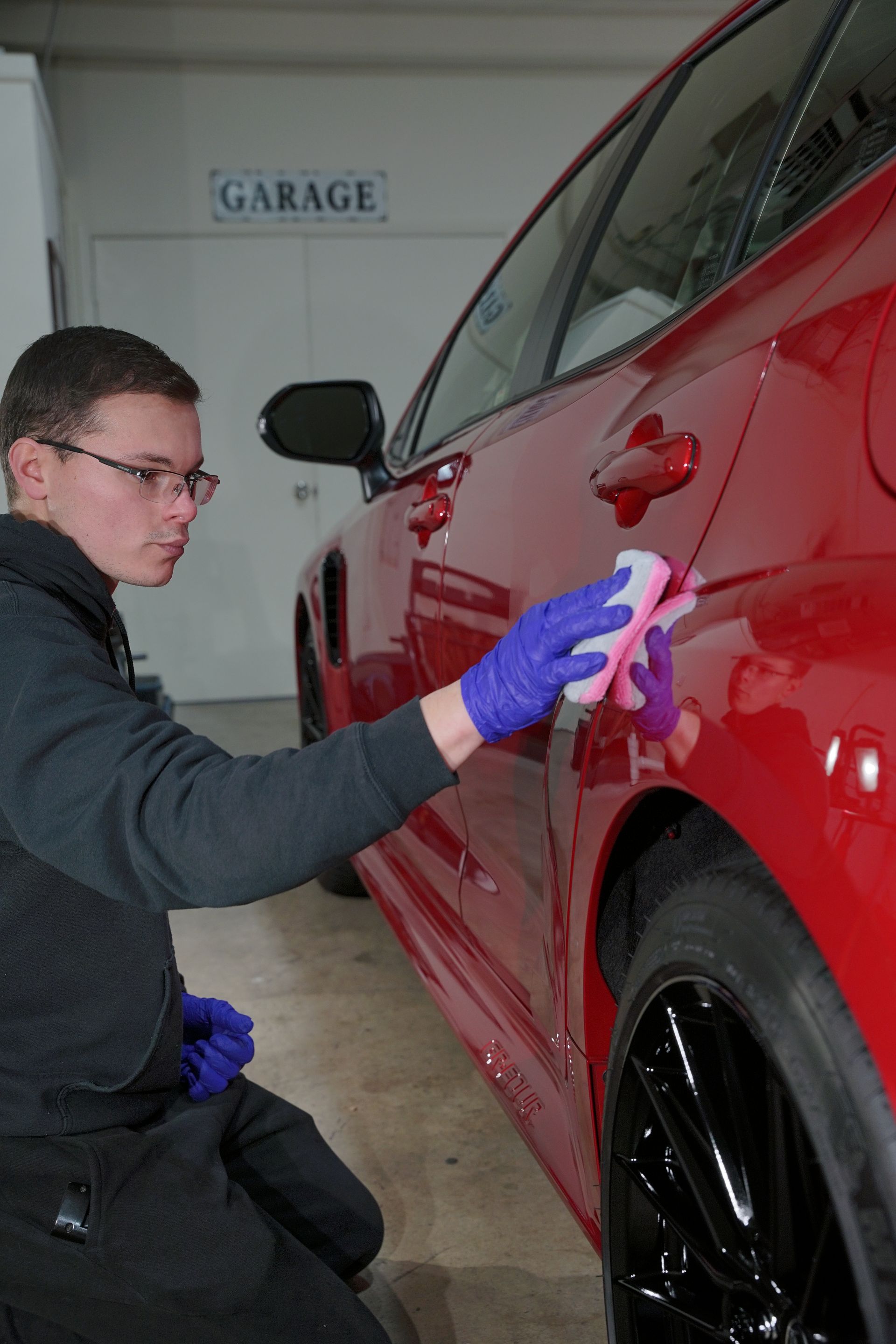
Importance of Wash Frequency and Technique
To maintain the longevity and durability of your ceramic coating, wash frequency and technique play a vital role. Regular washing is crucial as it prevents contamination buildup on the surface, which can compromise the coating's protective abilities. However, finding the right balance between washing too frequently or infrequently is key.
Washing your vehicle every two weeks is generally recommended to remove dirt, debris, and contaminants that can adhere to the coating. This frequency strikes a balance between keeping the surface clean while avoiding excessive contact that may cause unnecessary wear or damage to the coating. For instance, if you live in an area with heavy pollution or frequently park under trees where sap or bird droppings may land on your vehicle, you might need to wash more frequently to prevent these substances from etching into the coating. On the other hand, if you rarely use your car and store it in a garage, washing it every two weeks may not be necessary.
In addition to regularity, the washing technique itself is equally important. Utilizing the two-bucket method helps minimize swirl marks and scratches by ensuring fresh water is used for rinsing after each pass. This simple yet effective technique reduces the chances of reintroducing dirt particles onto your vehicle's surface during the cleaning process. Keep in mind that these recommendations are general guidelines. For specific instructions tailored to your ceramic coating brand or individual circumstances, it's always best to reach out to the shop or individual who applied the coating. They can provide you with detailed dos and don'ts and maintenance instructions personalized to your situation.
The Impact of the Environment on Ceramic Coatings
Ceramic coatings have gained significant popularity in recent years due to their impressive durability and protection performance. These coatings form a strong protective layer that is not only stronger than standard clear coats but also provides enhanced resistance against various types of environmental damage. However, it's important to understand the impact of the environment on ceramic coatings to ensure their longevity and optimal performance. One of the primary environmental factors that can affect ceramic coatings is UV radiation from the sun. Prolonged exposure to UV rays can cause gradual degradation and fading of the coating over time. This is especially true for vehicles that are frequently exposed to direct sunlight or parked outside for extended periods. To mitigate this effect, it's recommended to park your vehicle in shaded areas whenever possible or use protective covers when parking outdoors.
Another environmental factor that can impact ceramic coatings is chemicals and pollutants. Vehicles often come into contact with various contaminants like road grime, bird droppings, tree sap, or industrial fallout. These substances can be corrosive and potentially damage the coating if left untreated for prolonged periods. Regular maintenance and prompt removal of these contaminants are crucial to prevent them from etching into the coating and causing long-term damage. Climate conditions also play a role in the maintenance of ceramic coatings. Extreme temperatures, such as freezing cold or scorching heat, can affect the integrity of the coating. For instance, in regions with harsh winters where road salt is commonly used, it's essential to regularly rinse off any salt residue from the vehicle's surface, as it can lead to corrosion and compromise the coating's effectiveness. It's also important to note that the longevity of ceramic coatings can vary depending on the quality of the coating product used and its application process. High-quality consumer-grade ceramic coatings offer exceptional protection and durability. These coatings are designed to withstand the harshest environmental conditions, providing peace of mind for vehicle owners.
Understanding the impact of the environment is crucial to maintaining and maximizing the benefits of ceramic coatings on your vehicle. By taking proactive measures like parking in shaded areas, promptly removing contaminants, rinsing off salt residue, and using high-quality ceramic coatings, you can ensure their longevity and enjoy their protective benefits for years to come.
Trusted Ceramic Coating Service in Moorestown, NJ
Experience the pinnacle of automotive care with M&G Automotive Detailing, your trusted source for Ceramic Coating services in Moorestown, NJ. Our team of expert technicians is dedicated to preserving and enhancing the beauty of your vehicle with top-tier ceramic coatings that provide unmatched protection against the elements, UV rays, and everyday wear and tear. We take pride in our commitment to quality and customer satisfaction, ensuring your car's showroom shine lasts for years to come. Don't settle for less when it comes to protecting your investment; choose M&G Automotive Detailing and drive with confidence. Schedule your appointment today and elevate your car's appearance to the level of perfection you've always dreamed of.
